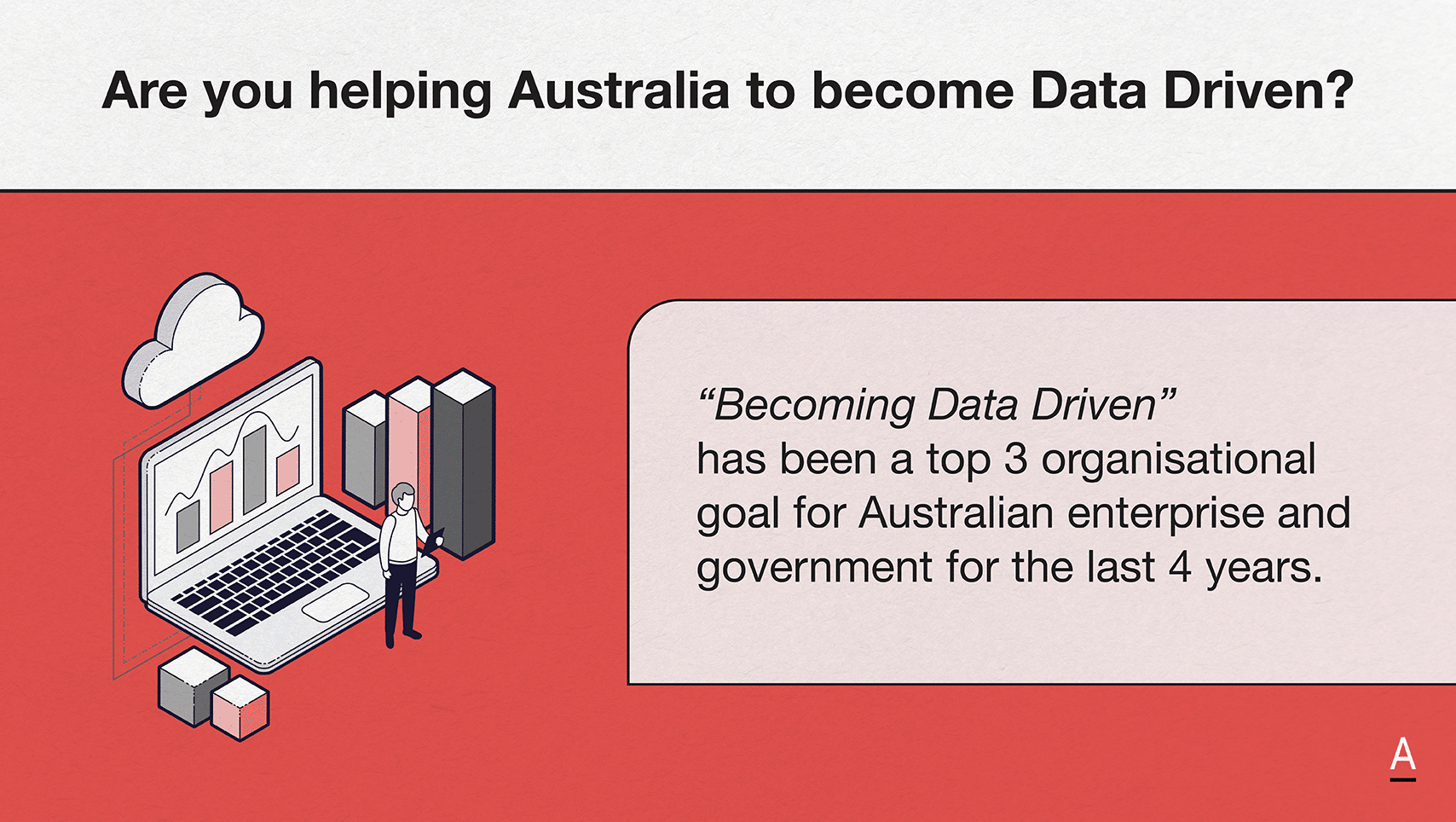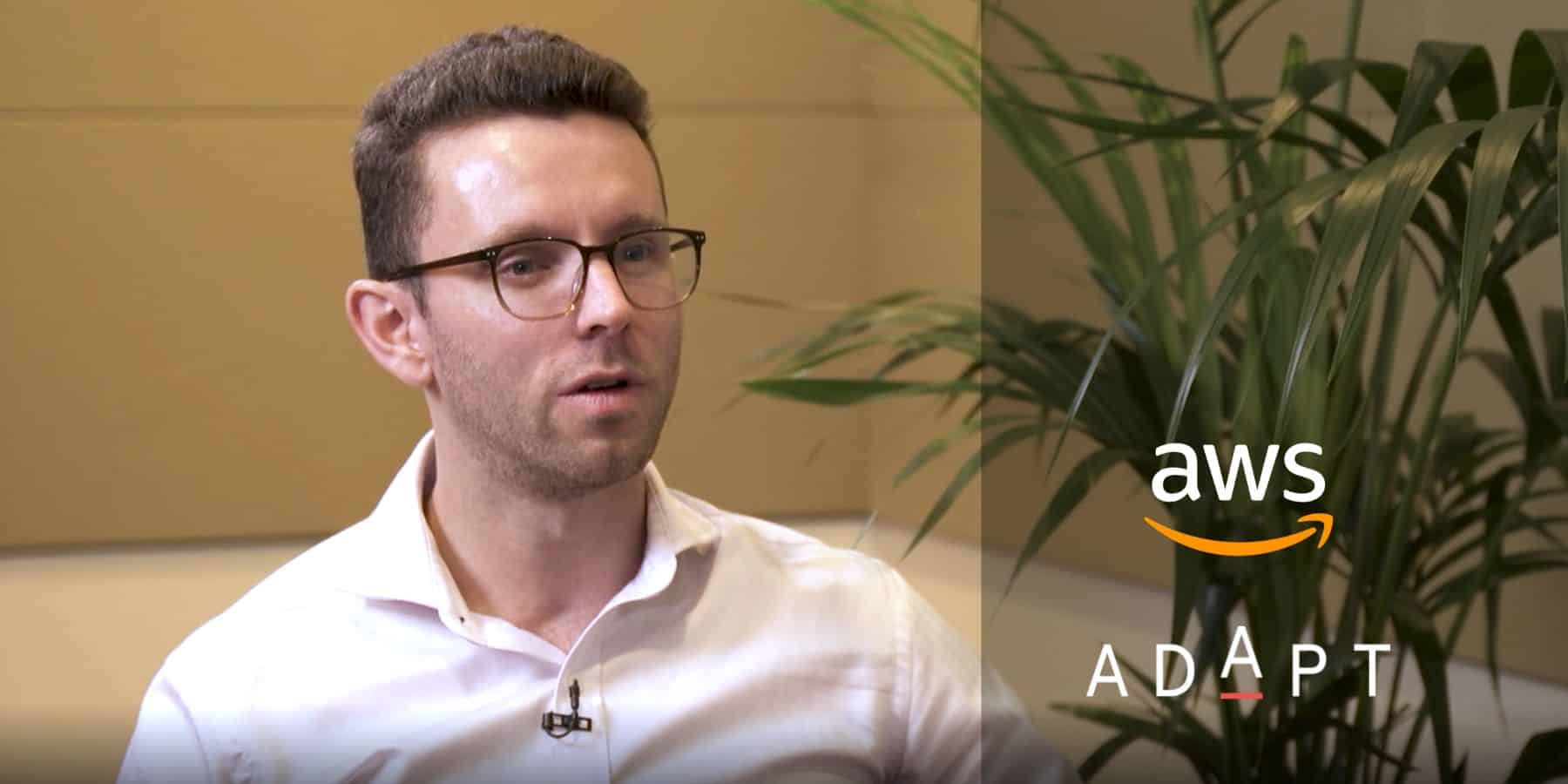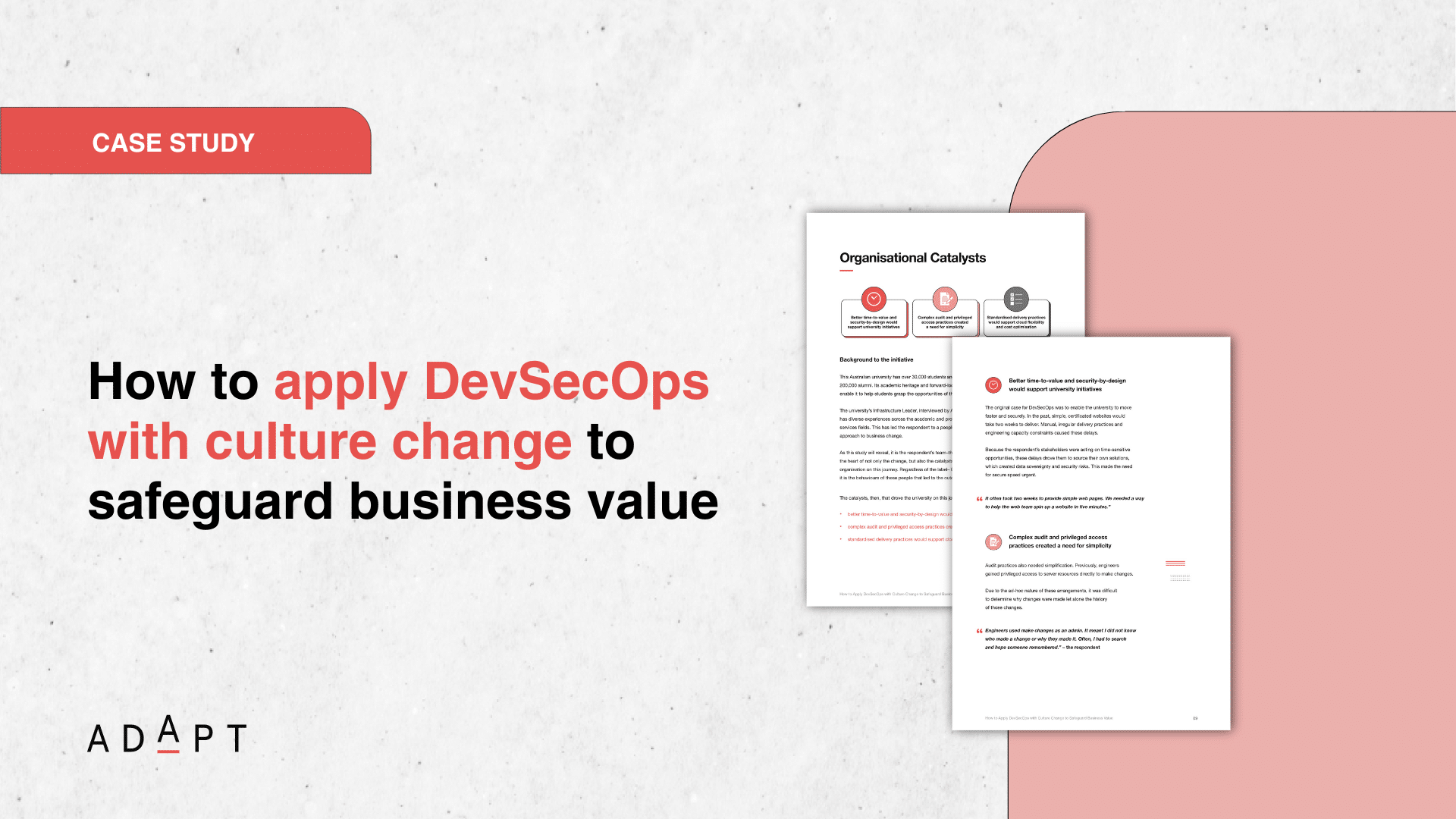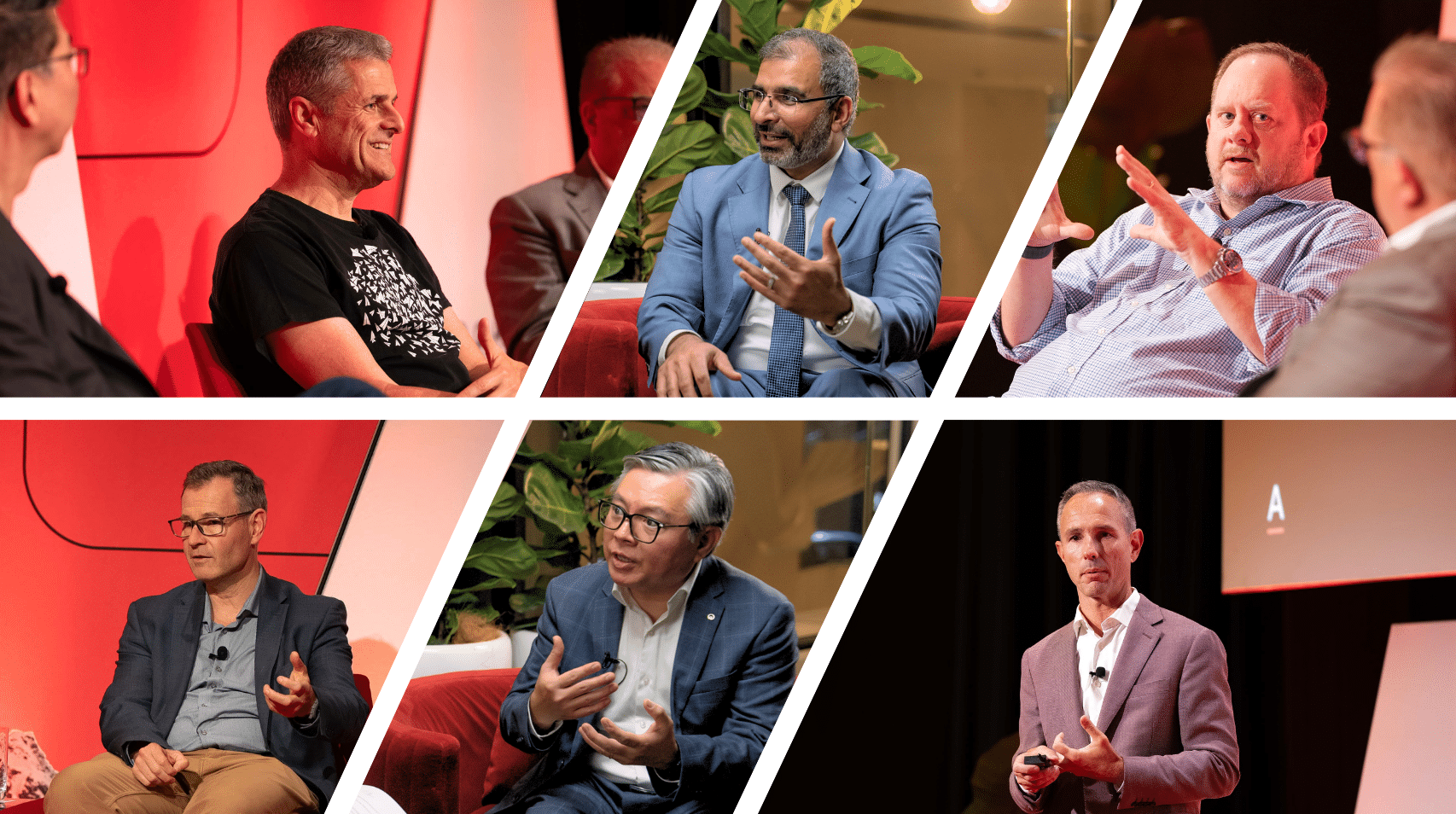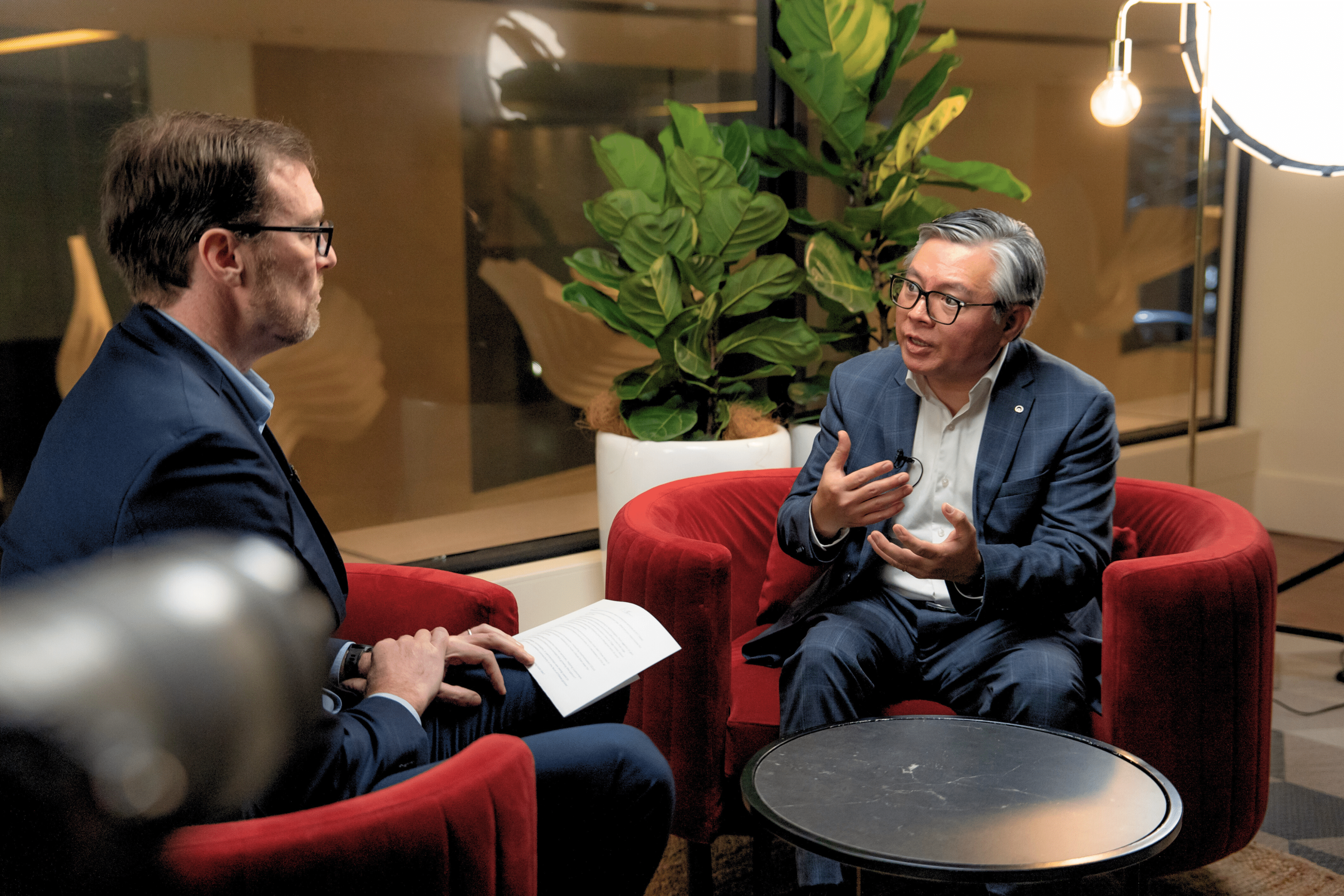In a panel at Cloud and Infrastructure Edge, Canva CTO Brendan Humphreys and AWS Director of Solutions Architecture Nam Je Cho unpacked AI-first design and scale.
Brendan, who joined Canva in 2014 as an engineer and now leads over 2,300 engineers, emphasised the company’s founding mission to empower the world to design.
Canva’s infrastructure was architected for scale from day one.
The team began with Heroku running on AWS, then evolved into microservices over time.
Brendan noted that starting with a monolith helped ensure speed to market, while keeping a clear separation of concerns.
This pragmatic design avoided over-engineering early on and supported scalable growth.
The approach aligns with ADAPT’s research showing that 25% of organisations are repatriating workloads from public cloud back to hybrid models to improve cost, compliance and control.
Nam Je Cho described how Australian organisations are often early and bold adopters of cloud innovation.
He outlined AWS’s “well-architected framework,” built around five pillars: security, scalability, resilience, cost and operational excellence.
This provides a structured way for organisations to design for long-term cloud success.
As ADAPT insights show, multi-cloud complexity continues to rise, and many organisations still struggle with unified management.
On data sovereignty, both Brendan and Nam agreed that today’s infrastructure landscape offers flexible and compliant options across local and global zones.
Brendan explained that Canva operates as an AI-first organisation.
Their model blends three approaches. First, fast evaluation and adoption of third-party AI models.
Second, an open ecosystem that allows external developers to contribute AI capabilities.
Third, investment in domain-specific proprietary models.
Internally, Canva supports this through a culture of experimentation, human-in-the-loop processes and shared learning.
Tool mandates are avoided. Teams are encouraged to choose what works, provided they deliver business impact.
Nam reinforced the importance of continual reskilling and fostering a culture open to experimentation.
He noted that generative AI is helping organisations modernise legacy codebases that were previously too expensive or risky to touch.
Brendan closed by highlighting the importance of honest communication and psychological safety.
A platform-first mindset gives product teams autonomy, helping them move faster while adapting to change with confidence.
Key takeaways:
- Cloud-native design enables agility and scale. Canva’s early choice to start monolithic but structured, then evolve into microservices, allowed for fast market entry and sustainable scaling.
- AI integration must be purposeful and decentralised. Canva’s AI-first strategy combines in-house models, third-party integrations and developer enablement, supported by shared learning and iterative experimentation.
- Adaptability and skills underpin innovation. Both speakers stressed reskilling, cultural readiness and freedom from rigid tool mandates as keys to navigating cloud and AI disruption.




